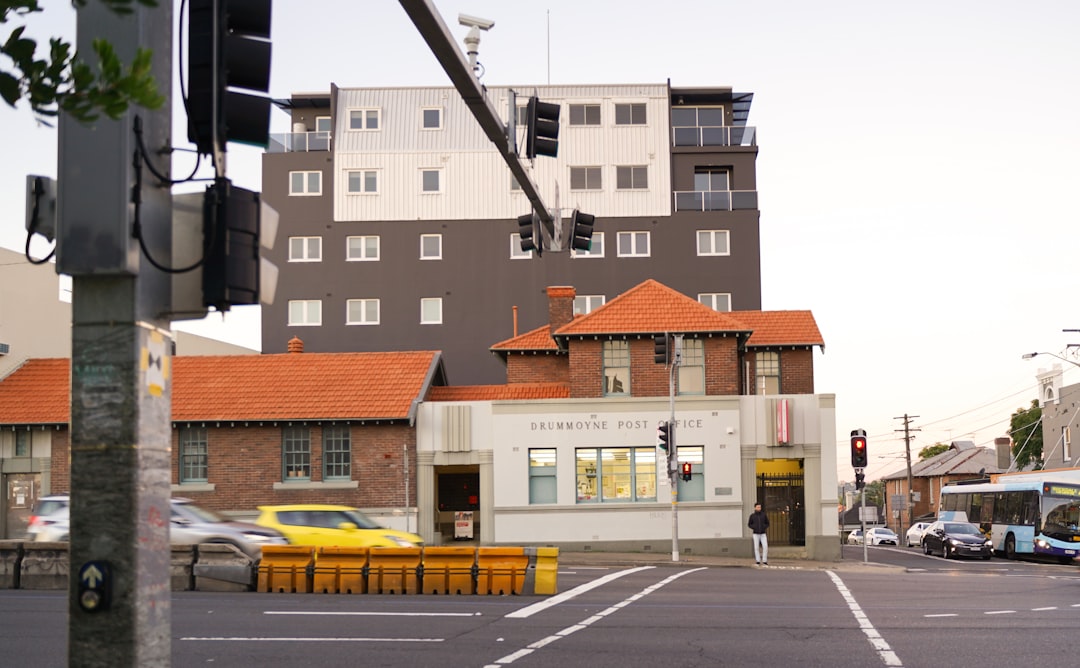
From Victorian layouts in Pacific Heights to contemporary lofts in SoMa, Bay Area residences demand more bandwidth than ever. Streaming 8K video, managing remote work, and controlling smart devices all ride on one foundation: a stable, high-speed network. Cutting corners or relying on “plug-and-pray” solutions often leads to buffering, dead zones, and expensive retrofits. That’s why homeowners searching for “network installation San Francisco” consistently turn to CountBricks—the only contractor combining seasoned field crews with AI-driven estimating and blueprint takeoffs.
• Average household device count has jumped from 14 to 28 in just five years
• Remote-first employers require multi-gigabit performance for video conferencing
• Historic building materials (lathe, plaster, brick) introduce unique signal challenges
• Rising property values demand future-proof infrastructure that adds resale appeal
1. Incorrect cable categories limit speed upgrades and require ripping walls later
2. Poor termination leads to intermittent drops that mimic ISP outages
3. Under-estimating cable runs inflates material waste by up to 30 %
4. Missed permit requirements trigger costly re-inspections in San Francisco
Voice-Driven Estimates in Minutes
Simply describe each room over the phone—our AI translates your narration into a detailed scope, complete with linear footage, termination counts, and equipment allowances.
Real-Time Material Pricing
CountBricks pulls live catalog data, so Cat6A, fiber, and conduit costs reflect today’s market, not last quarter’s averages. No more budget surprises.
Coordinated Blueprint Takeoffs
Upload PDFs to CountBricks.com/blueprints or snap photos of older drawings. Our vision model auto-tags walls, joists, and chase paths, ensuring precise cable routing even in tight San Francisco crawl spaces.
1. Site Audit – A field tech confirms cable paths, attic access, and panel locations.
2. AI-Backed Estimate Approval – Homeowner reviews a line-item quote generated by CountBricks.com/services.
3. Permit Procurement – We file all DBI paperwork, leveraging our local code database for zero-delay approvals.
4. Rough-In Cabling – Low-voltage crew installs Cat6A or fiber backbone before insulation or drywall.
5. Finish & Testing – Patch panels, keystone plates, and Wi-Fi 6E access points are certified to TIA standards.
6. Handover & Training – Homeowner receives a digital as-built and a 30-minute walkthrough on maximizing new speeds.
• Two-bedroom condo, 1,100 sq ft – $4.2k-$6.1k, 2-3 days
• Three-story Edwardian, 2,400 sq ft – $9.5k-$12.8k, 5-7 days
• Luxury rebuild, 4,000 sq ft with fiber backhaul – $18k-$24k, 7-10 days
These ranges include labor, permits, and mid-tier networking gear. Use CountBricks.com/estimate to receive an exact figure for your address within minutes.
• Install conduit sleeves behind every media panel for painless upgrades
• Run at least one OM4 multimode fiber strand alongside copper lines
• Position access points centrally on each floor, not tucked in utility closets
• Label every drop at both ends to slash service time in half
• Add a dedicated low-voltage panel to avoid overloading electrical closets
Searching for “network installation San Francisco” should lead you straight to the city’s most tech-forward contractor. Whether you’re renovating a Mission flat or building a hillside smart home, CountBricks delivers accurate estimates, transparent pricing, and flawless network rollouts. Schedule a free voice consultation at CountBricks.com/consultation and experience the future of residential construction services today.

When the Wu family purchased a 1904 Victorian, they loved the period details—but not the spotty Wi-Fi. Thick plaster walls and an awkward floorplan left bedrooms with one bar of signal. Here’s how CountBricks transformed their connectivity without disturbing historic trim.
• Zero attic access and tight crawl spaces
• Lathe-and-plaster walls prone to cracking during retrofits
• City permit constraints on exterior conduit
1. AI blueprint takeoff mapped cable paths through existing plumbing chases, avoiding wall demolition.
2. A hybrid backbone—Cat6A for short runs, OM4 fiber for the upstairs hub—kept future 10 Gb speeds viable.
3. Discreet Wi-Fi 6E access points were ceiling-mounted using low-profile paintable enclosures.
• Whole-home coverage hit 750 Mbps+, a 4× speed increase
• Project completed in four days—two days faster than standard bids
• Final cost landed 8 % under the initial AI estimate thanks to live material repricing
• Early AI takeoffs reveal hidden pathways, slashing labor hours
• Mixing media (fiber + copper) balances budget and longevity
• Real-time repricing protects you from volatile Bay Area supply costs
Ready for similar results? Visit CountBricks.com/portfolio to explore more success stories or book a same-day consultation through CountBricks.com/consultation. Your home deserves the bandwidth to match your lifestyle—CountBricks makes it effortless.